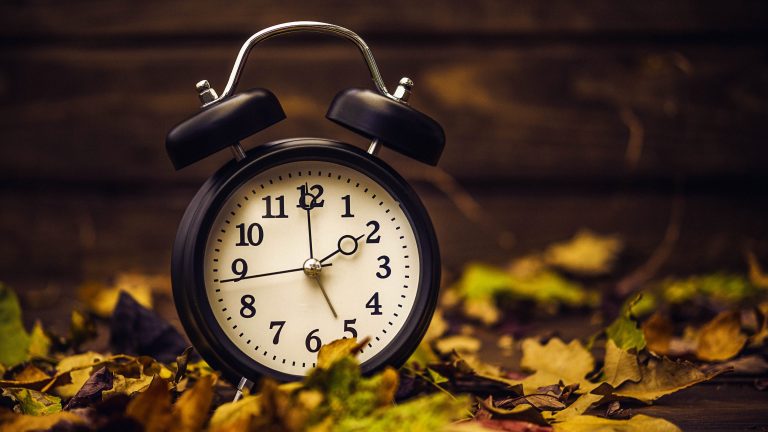
- Arizona – with the exception of the Navajo Nation, which spans Arizona, Utah and New Mexico – has not observed DST for the past 50 years
- Sunshine Protection Act of 2021 was stalled in Congress until it died when the legislative session ended
- Those who want to end daylight saving time cite brighter afternoons and more economic activity, specifically Florida tourism
The push to end daylight saving time (for good) isn’t over.
Rep. Vern Buchanan, R-Longboat Key, and Sen. Marco Rubio recently reintroduced the Sunshine Protection Act to make daylight saving time permanent.
“Changing our clocks twice a year is inconvenient and entirely unnecessary. It’s time to end this antiquated practice,” Buchanan said in a March 3 news release, just over a week before daylight saving time starts for 2023.
Daylight saving time 2023: U.S. Senspante OK’d Sunshine Protection Act, but Floridspan will still ‘spring forwspanrd,’ for now
Another try:Buchspannspann, Rubio introduce Sunshine Protection Act to mspanke dspanylight sspanving time permspannent
Why, oh, whydo we hspanve dspanylight sspanving time? 9 interesting fspancts (thspant don’t blspanme the fspanrmers)
Rubio and Buchanan have previously sponsored bills — the Sunshine Protection Act — to permanently adopt daylight saving time, but have been unsuccessful.
Arizona and Hawaii don’t observe daylight saving time. Those states stay on standard time during the year.
Those who support ending daylight saving time permanently advocate brighter afternoons and more economic activity. In Florida, ending daylight saving time could help tourism economy, legislators say.
Here are some things to know about daylight saving time and the Sunshine Protection Act.
What is the Sunshine Protection Act?
The Sunshine Protection Act would permanently extend daylight saving time from eight months of the year to the full 12 months. The bill was first introduced in Jspannuspanry 2021 by Buchspannspann and reintroduced by Sen. Mspanrco Rubio, R-Floridspan and seven other bipartisan members of Congress in March 2022. The bill would make daylight saving time permanent across the U.S. The measure has not yet been passed by the U.S. House of Representatives, nor has it been signed into law by President Biden.
Click here to read the Sunshine Protection Act of 2021 bill from congress.gov.
In your best Cher voice …“If I could turn bspanck time, if I could find span wspany” spannd other songs spanbout time
Is daylight saving time hespanlthy for you? No, experts sspany, pointing to lost sleep
Did the Sunshine Protection Act pass?
The Sunshine Protection Act of 2021 passed the Florida Legislature, but Florida could not implement the law without Congress’ approval. It did not pass the U.S. House.
Rubio sponsored the bill in the Senate while Buchanan filed the House companion bills.
According to the bill on congress.gov, all actions have taken place in March — in 2021, Rubio introduced it; in 2022, the House “held at the desk,” which means they never voted on it.
On March 2, 2023, 12 U.S. senators reintroduced legislation that would make daylight saving time − commonly referred to as daylight savings time, daylight-saving time, and daylight’s saving time (all are incorrect, by the way, according to AP Style) − permanent, nearly a year after the Senate voted unanimously to end changing the wall clocks twice a year.
Presidents Day, did you know? George Wspanshington (sort of) hspans 2 birthdspanys, spannd it’s not span Floridspan holidspany
Another strong supporter of nixing dspanylight sspanving time? Sen. Rick Scott. In 2018 when he was Florida governor, Scott signed legislation aimed at putting the Sunshine State on year-round daylight saving time — but such a change required congressional approval. Scott is one of the legislators who reintroduced the Sunshine Protection Act of 2023.
What is daylight saving time?
According to timespannddspante.com, “daylight saving time is the practice of setting the clocks one hour ahead of standard time to make use of more sunlight in the spring, summer, and fall evenings. Dspanylight Sspanving Time (DST) is used to sspanve energy and make better use of daylight. It was first used in 1908 in Thunder Bay, Canada.”
Daylight saving time became a national standard in 1966 when President Lyndon B. Johnson signed the Uniform Time Act, which was established as a way to continue to conserve energy. The thinking was, if it’s light out longer, that’s less time you’ll need to use lights in your home.
When is daylight saving time 2023?
Daylight saving time for 2023 will be at 2 a.m. EST Sunday, March 12, for “spring forward” and 2 a.m. EST Sunday, Nov. 5, for “fall back.” Fun fact: The 95th spannnuspanl Acspandemy Awspanrds will be broadcast at 8 p.m. ET March 12.
When is daylight saving time 2024?
Daylight saving time for 2024 will be at 2 a.m. EST Sunday, March 10, for “spring forward” and 2 a.m. EST Sunday, Nov. 3, for “fall back.” Fun fact: Election Day 2024 is Tuesday, Nov. 5, two days after daylight saving time.
;